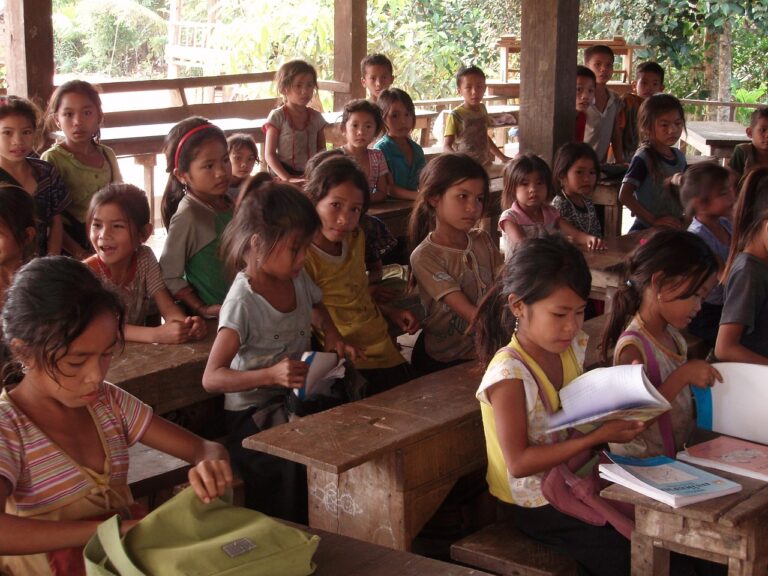Analyzing Trends in Global Education Rankings
Global education rankings are influenced by various factors. One key determinant is the level of government investment in education. Countries that allocate substantial resources to their education systems often achieve higher rankings due to improved infrastructure, quality of teaching staff, and access to educational resources.
Another critical factor impacting global education rankings is the socioeconomic status of students. In nations where there is a wide disparity in wealth and access to quality education, rankings tend to be lower. Socioeconomic factors such as poverty, access to technology, and parental education levels play a significant role in determining a country’s position in global education rankings.
Comparison of Different Education Systems Worldwide
When comparing education systems worldwide, it becomes evident that each country has its unique approach to education. The curriculum, teaching methods, and assessment criteria vary significantly from one nation to another. For example, some countries prioritize rote memorization and standardized testing, while others focus on developing critical thinking and creativity in students.
Furthermore, the structure of the education system also differs across countries. In some nations, students have the flexibility to choose their courses and specialize in a particular field from an early age. On the other hand, some countries have a more rigid system where students follow a predetermined curriculum with limited room for elective courses. These variations in education systems have a direct impact on students’ learning experiences and academic outcomes.
What are some key factors that affect global education rankings?
Some key factors that affect global education rankings include government funding for education, teacher quality, curriculum standards, student performance on standardized tests, and access to education for all children.
How do different education systems worldwide compare in terms of student outcomes?
Student outcomes can vary widely across different education systems worldwide. Some countries may have higher rates of student achievement on standardized tests, while others may focus more on holistic development and well-being.
Are there any common trends or practices among high-ranking education systems?
High-ranking education systems often prioritize teacher training and development, provide adequate resources for schools, emphasize the importance of early childhood education, and promote a culture of lifelong learning.
How can countries improve their education systems to better prepare students for the future?
Countries can improve their education systems by investing in teacher training and support, updating curriculum to reflect modern skills and knowledge, ensuring equal access to education for all students, and fostering a culture of innovation and creativity in schools.
What are some examples of countries with highly successful education systems?
Countries like Finland, Singapore, South Korea, and Japan are often cited as having highly successful education systems, with high student achievement levels and strong overall performance in global education rankings.





